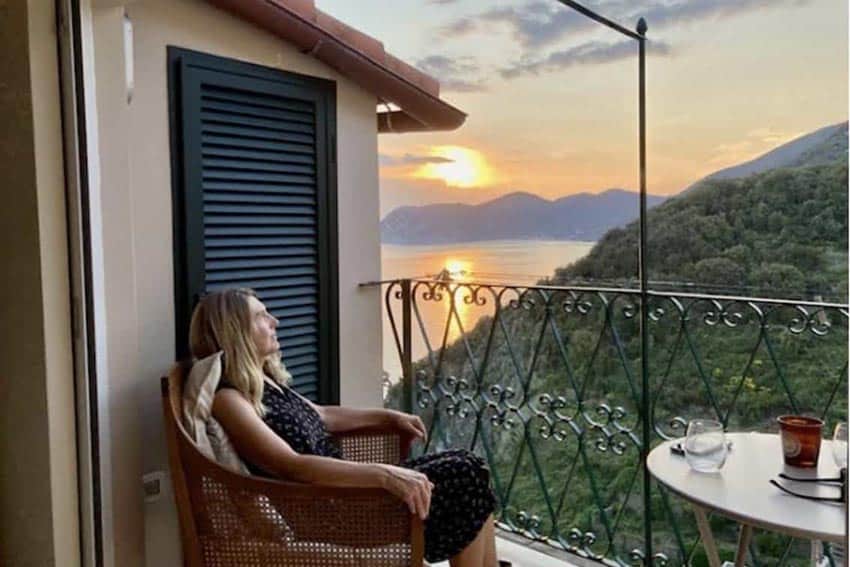
Italy on Less: Here is How to Save a Lot in Italy
By Jan Sabistina
With Covid-related travel cancellations in the rear-view mirror, European travel is once again in high demand. Great news for locals dependent on tourist dollars, less great for bargain-minded travelers eager to make up for lost travel opportunities.

Last spring, my husband Gary and I decided to re-book our trip to Italy, canceled during the pandemic. We’re retired, so we sprung for two months, knowing we’d have to cut corners to stretch our budgeted 250 USD/day to cover lodging, transportation, food, and all miscellaneous expenses.
We boarded our plane to Rome with vague dreams of olive trees and Renaissance palazzos and only the most cursory idea of what really lay ahead.
Train or Plane or Bus?
As we had only the roughest of plans—start in Rome, head south to Sicily, then north—we never bought tickets more than a day ahead.
I’ve read that tickets bought in advance are cheaper, but in this one area, we indulged our spontaneity and paid a bit more. Plane and train travel within Italy is very reasonably priced.
Our one-way plane tickets on budget Whizz Air from Palermo to Milan cost about 60 euros each. An express train ticket from Florence to Rome was less than forty euro on either of Italy’s two nationwide train systems, Italo or Trenitalia. Sometimes the bus is the best (or only) option.
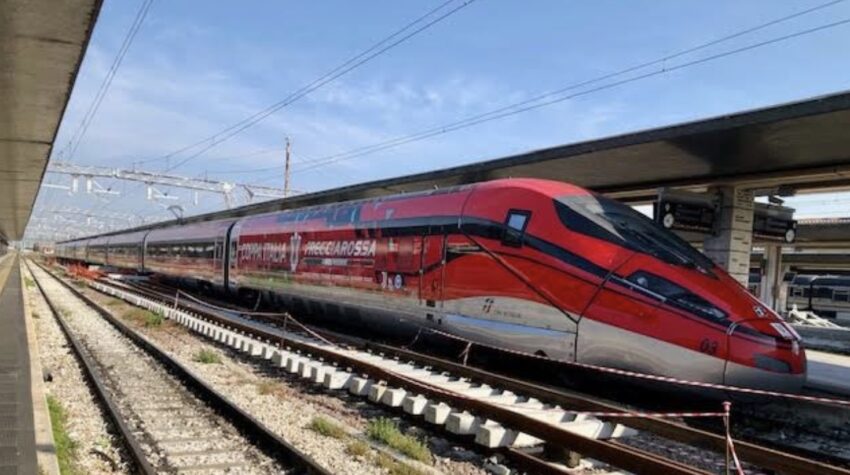
Buses are usually cheaper, but they’re also slow. For the best overview and easiest bookings, we used these apps: Rome2Rio and Omio. After selecting the departure city and destination, the sites populate all available methods of travel with time and cost comparisons.
Cash or Credit?
We’d been warned. We glided past the high-fee airport currency exchanges. We ignored the ever-present high-fee Euronets and other private ATMs. The intricacies of foreign transactions still surprised us. We now know that buying euros before our trip with a US bank that sells foreign currencies would have saved us from falling victim to the extortionary rates of some money exchange stalls in every city’s tourist zone.
Ideally, we tried to keep about 200 to 400 euros on hand. For ATMs, two things we learned: when prompted to choose between local and US currency, choose local; and, if possible, use bank ATMs away from tourist attractions as these have lower or sometimes non-existent fees.
Once we’d figured this out, we kept walking until we found a more economical ATM and then withdrew larger sums. We paid with a no-foreign transaction fee credit card. Actually, we never carried a card—every shop and café took payment from the card loaded on our phone’s wallet. Of course, some cash on hand was needed, and a few shops will not take a card for less than five euros.
We learned too that some shops did not have change for larger notes, or even looked at us suspiciously when we tried to use them. Change often comes in the form of one and two euro coins, and although Gary hated their weight in his pockets, they were useful for tips and buying a gelato or expresso.

The Delights of Italian Groceries
Our first restaurant in Rome, Le Taverna dei Monti (via del Boschetto 41), whose tables took up half the street just below our window, was the best: eggy pasta carbonara, a basket of crusty bread, a half carafe of house vino bianco, and complimentary shots of limoncello. Our bill totaled 35 euros.
We soon discovered, however, that eating out every night put a strain on our budget. Luckily, my husband loves to cook. So it became our daily amusement to wander the aisles of grocery stores—and I recommend this even if you’re not going to prepare food—in search of ingredients for dinner.
Cheap Groceries in Italy
Compared to the US, groceries in Italy are cheap. And they’re fresh, lovely to look at, and flavorful. In Palermo, we paid .69 euros for a still-warm crusty loaf.
Fruits and vegetables were often half what we were used to paying, even in tiny stores in touristy areas. During our time in Corniglia, one of the five towns of the Cinque Terre, we had daily conversations with the lovely women who ran the tiny grocery.
We ate what was fresh, local, and abundant. For lunch, we bought bread, salami, and cheese, made ourselves sandwiches on a park bench, and watched the crowds stroll past. I did make a few cappuccinos, but the charms of an Italian bar (what we’d call a café) beat anything I could produce with a moka (espresso) pot. In short, making our own dinners four to six nights a week saved us more than any other cost-cutting measure.
Savings Tip: Loose Wine in Italy
Rome’s Piazza della Madonna dei Monti comes alive every evening as locals gather on the steps around the fountain’s murky pool to chat and drink the ubiquitous Peroni beer. Close by, a bar sells six varieties of wine in plastic cups to go at six euros a pop. At first, we thought this was a deal. But I had heard reports of vini sfusi, so-called “loose” or bulk wine, sold cheaply at enotecas from a tap, where one could bring in any sort of bottle and have it filled with chianti, Grillo, or even prosecco.
I was on the hunt. We found our first loose wine in Venice at Cantina da Fior in the Santa Croce district. We asked for a tasting menu, but instead, we were handed plastic cups that were refilled from the taps as Venetian locals came in with empties to be replenished. The wine was as good as any I had tried in Italy.
In Florence, I stumbled upon Vino Divino, (via Taddea, 6r), whose delightful owner helped us choose from among the nine loose wines he carried. My biggest find, however, was in Corniglia, where I discovered a cellar chockablock with buckets and hoses for making wine and label-less bottles lined along the walls.
I left a note on the cellar door stating, “I would like to buy your wine” in very poor Google translate. As it happened, our Airbnb hostess’s father made wine in that cellar as a hobby. For a week, we drank a bottle each night of his local vino Bianco and in the morning deposited the empty in his cellar. In all, the average cost of a bottle of loose wine was five euros.
Sleep on the Cheap
With no real plan, we booked rooms as we went, letting our wanderlust and the weather be our guide. The downside: we didn’t have as wide a choice of accommodation as those who booked early. That being said, we enjoyed all of the places we stayed. The cheapest apartment cost $125 for 4 nights at Sven House in Palermo’s centro historico.
The street was loud and gritty (but charming and authentic), and the building itself had originally been an 18th-century palace. Our view consisted of an empty lot and a colossal mound of trash (maybe the trash pickup was on strike?), but we had access to a rooftop terrace with views across the city to the harbor.

Some travelers require a king-size bed, an elevator, or an a/c. We wanted a terrazza. And we got one nearly every night. From a panoramic view of Lake Como at Casa Dalia to a rooftop from which we could see all of Florence, Florence Sky and Light, we enjoyed our aperitivo in style.
Our most expensive stay was 200 euros/night midway on Blue Path the between Vernazza and Corniglia in the Cinque Terre, but we had a two-bedroom apartment with a sea-view balcony. When feasible, it saved us to stay longer in one place. Besides the transportation costs of more traveling, Airbnb’s cleaning and service fees added up fast.
At hotels, a cheaper rate can sometimes be negotiated by staying five or more nights. Once we stopped tearing from one must-see spot to the next, we enjoyed settling into a place and getting to know it.
Walking Everywhere in Italy
In Italy, we traveled by train, plane, ferry, bus, and, one time, a funicular. However, we never considered taking a taxi or a using a paid driver or renting a car. Too expensive on our budget, and also maybe more of a hassle than just shouldering a backpack (our 40-liter backpacks carried all we needed and we never schlepped multiple bags or haggled with porters).
We booked rooms within a mile of the train station or other public transport whenever possible. Walking opened the sights and sounds of the streets to us. Once checked into our place, we dumped the backpacks and headed out to wander at our leisure. It also helped wear off some of the gelato calories.
No Souvenirs in our Suitcases
The Amalfi coast suggests lemon-themed tea towels and linens. Florence has leather. The island of Murano is famous for its glass. And everywhere there are colorful ceramics and lovely jewelry and clothing. Many gift shops offer to ship to the US, but that’s pricey. With only a backpack in which to stow everything, no way was I going to add unnecessary weight. That made it easier to mosey through the open-air markets or window shop without temptation.
I did relent a few times: a sweater bought for eight euros at a Como flea market because it was freezing, a new dress in Florence when the only one I’d brought took sail when I’d hung it on the rooftop terrace to dry. Instead of buying souvenirs, we saved business cards, local maps, brochures, and labels of our favorite wines.
The plan is to make a collage of these and frame it. If buying souvenirs is within your budget and the limits of your suitcase, why not buy something you’ll use immediately? Next time, I’m not bringing a scarf, extra socks or sunglasses, a hat, or an umbrella. These are all sold cheaply in street stalls in every town.
Free and Almost Free Culture
With the right timing, Italy’s museums offer some great deals. The Uffizi and Galleria dell’Accademia are, of course, must-sees. They and all state-run museums in Florence are free the first Sunday of every month, October through March. Some museums discount tickets for the last two hours they’re open. For very popular sites, buy tickets online and avoid the touts shilling discounted or skip-the-line tickets, which in reality are the same tickets you can buy more cheaply yourself.
Most churches are free to enter and of those that charge, all but the most famous, i.e., the Vatican, are expensive to enter. The Pantheon in Rome is free, but, as in most Italian churches, make sure your back and shoulders are covered, so you’re not forced to buy a scarf from the street hawkers.
Sweetly Doing Nothing
Italians are famous for knowing how to enjoy life. My favorite saying is Dolce far niente, sweetly doing nothing. They know how to enjoy chatting at the counter over a morning espresso or sitting outdoors at a café, sipping a spritz while the world whirls by. We never felt that we were missing out on our budget-minded itinerary.
The opposite, in fact: when I went to bed, my brain was still electrified with the streets, hills, ancient buildings, and vibrant people I’d encountered. At the end of two months, we calculated we’d spent approximately 200 euros/day. With euros left over, I thought about going on a spending spree during our last few days in Rome.
“Let’s save them,” Gary said, “for the next time.”

Jan Sabistina was on the English faculty of Lake Tahoe Community College before retiring, and now she and her husband split their time between South Lake Tahoe and the Coachella Valley when not traveling internationally or camping in our ’87 VW Westy pop-top. She has previously published essays in Tahoe Quarterly, Fourth Genre, and Carte Blanche, the anthology Permanent Vacation.
- These 9 U.S. National Parks Require Reservations in 2024 - April 17, 2024
- Take a Hike in Olympic National Park - April 17, 2024
- The Wild Mississippi: 2340 Miles Across Ten States - April 8, 2024


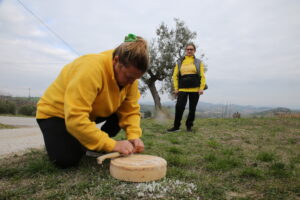
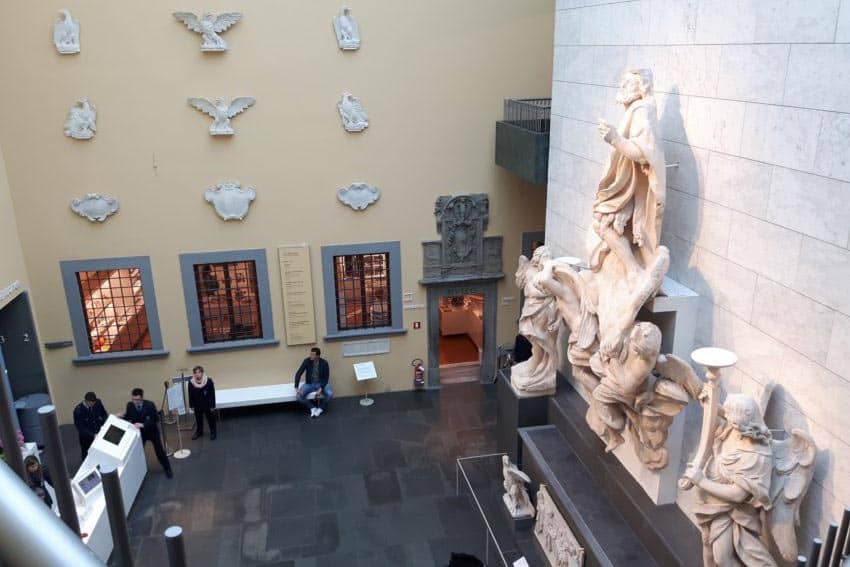
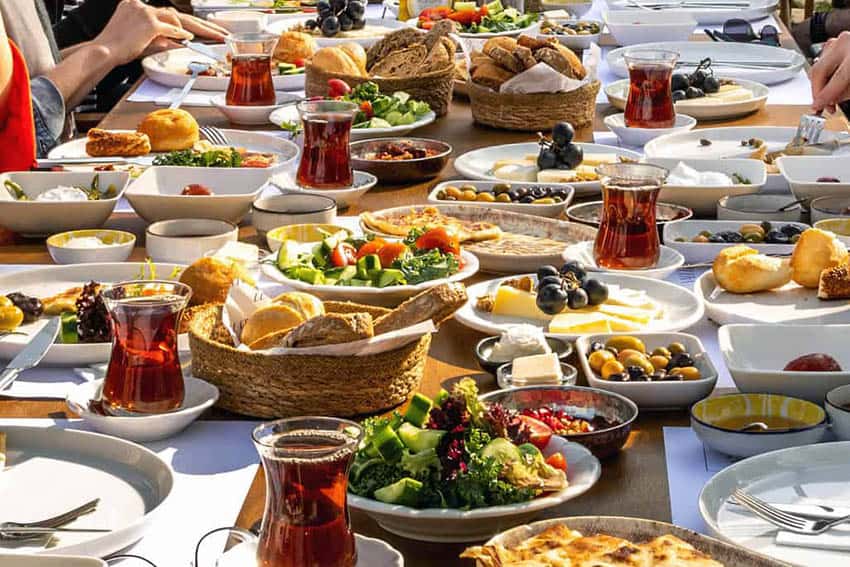
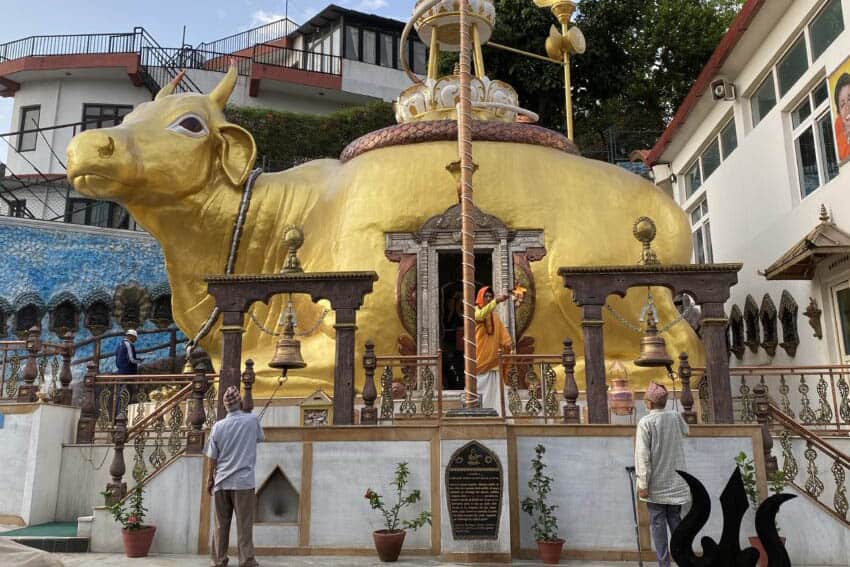
Great tips and right on the money so to speak! 😀
Southern Europe is so reasonable compared to traveling at home.
What great info, thanks!